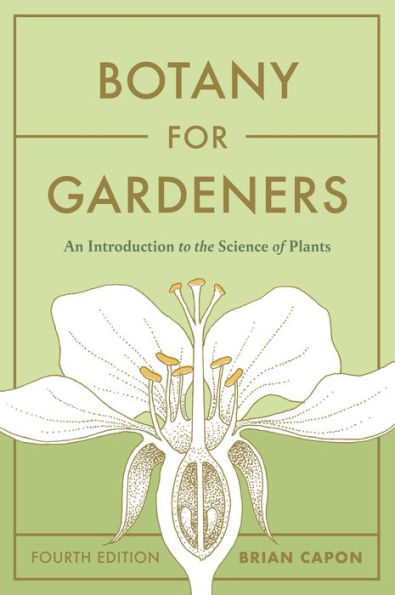Table of Contents
Introduction 9
The Structure and Growth of Plants 11
What Is Botany? 11
The Language of Botany 12
Botanical Disciplines 13
The Plant Kingdom 13
Characteristics of Living Things 16
Growth Patterns 17
Coordination of Plant Growth 17
What Is a Cell? 18
Cell Walls 20
Wail Structure and Cell Growth 22
Growth Processes 22
Meristems 25
Seeds 27
A Seed's Food-Storage Structures and Embryo 28
Seed Dormancy 30
Seed Germination 30
Using the Seed's Stored Food 33
Other Germination Requirements 35
The Mature Plant: Root Systems 38
Root Growth 40
Root Hairs and Branches 41
The Mature Plant: Shoot Systems 42
The Formation of Wood 48
Features of a Woody Twig 49
The Mature Plant: Leaves 52
The Internal Structure of Plants 58
The Anatomy of Herbaceous Stems 60
Stem Thickening 63
An Outer Layer of Cork 65
Branching in a Woody Stem 67
Other Features of Wood 69
A Record of Past Growth 71
Monocot Stems 72
A Root's Primary Tissues 75
Secondary Growth in Roots 78
Leaf Anatomy 78
Plant Cell Types 83
Adaptations 88
Survival in a Restless World 88
Natural Selection 89
The Migration of Species 90
Other Evolutionary Factors 91
Artificial Selection in the Garden 92
Human Selection of Plants for Food 93
Environmental Modification 98
Limiting Factors 98
Adaptation to Extreme Environments 99
Protection against Animals 104
Protection by Camouflage 107
Protection by Ants: Symbioses 108
Wound Healing 109
Chemical Protection 111
How Chemical Protectants Work 117
Other Methods of Defense 118
Competition between Plants 118
Reaching toward the Sun 120
Spreading Stems 121
Climbing Structures 123
Lianas and Epiphytes 125
Supportive Roots 125
Special Methods of Water Uptake 127
Adaptations for Water Storage 128
Underground Food- and Water-Storage Organs 131
Saprophytes and Parasites 135
Mycorrhizae and Root Nodules 139
Insectivorous Plants 142
How Plants Function 144
Plant Physiology 144
The Scientific Method 145
Fields of Plant Physiology 146
Plant Hormones 147
Growth Responses to Light 147
Responses to Gravity and Touch 150
Other Growth Movements in Plants 155
Hormones and the Aging Process 156
Control of Branching and Adventitious Root Formation 158
Other Hormone Effects: Synthetic Growth Regulators 160
Environmental Control: Temperature 161
Vernalization 162
Environmental Control: Photoperiod 164
The Uptake and Use of Water, Minerals, and Light 167
Osmosis: The Cell's Water Pump 168
Development of Root Pressure 171
Transpirational Pull 173
Cold Hardening 176
Mineral Nutrient Needs 176
Soils 181
The Photosynthetic Apparatus 184
Leaf Pigments 185
Light Transformed into the Energy in Food 186
The Photosynthetic Process 188
Chemical Products of Photosynthesis 189
Gas Exchange with the Atmosphere 191
Reproduction and Inheritance 193
The Strategy of Reproduction 193
Reproductive Cells 194
Flower Parts and Their Functions 195
Pollination by Animals 201
Road Maps and Rewards 203
Inflorescences 205
Pollination by Wind and Water 208
Pollination Alternatives 210
The Reproductive Process 212
Seedless Fruits and Unusual Embryos 214
Fruit Types 215
Seed Dispersal 218
The Cost of Reproduction 220
Genetics: The Science of Heredity 221
The DNA Code 222
Mitosis and Meiosis 222
The Life Cycle of a Moss 224
The Life Cycle of a Fern 226
The Two Generations of Flowering Plants 228
Chromosome Segregation during Meiosis 231
Gene Segregation during Meiosis 232
Consequences of Imperfection 235
The Origins of Polyploidy 237
Custom-Made Plants of the Future 239
About Plant Names 241
Glossary 248
Suggestions for Further Reading 265
Photography Credits 267
Index 268



